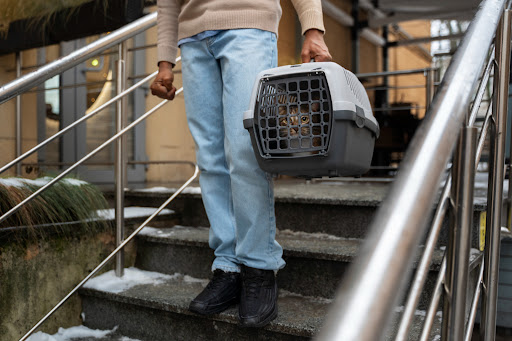Polypropylene (PP) film is a flexible material with many applications ranging from flexible and rigid packaging to fashion, sports, medical and automotive industries. It has many benefits, such as a high strength-to-weight ratio, excellent chemical resistance, low moisture absorption, and excellent thermal stability.
Because it’s lightweight and durable, polypropylene films can be recycled or incinerated without releasing harmful environmental toxins. As a result, it’s used in many ways, but here are the top five applications of polypropylene film.
Flexible & Rigid Packaging
Polypropylene film is preferable for flexible packaging due to its strong durability against environmental conditions like heat or frost. It’s also printable, so companies can easily create attractive product packages.
According to the market report, the market size for food packaging polypropylene films was USD 49.8 billion in 2021, with the global breathable films segment accounting for USD 17.36 billion.
There are many options for rigid PP film packaging, including thermoformed containers or trays that contain food products or medical supplies. The lightweight nature of polypropylene films allows them to conform to various shapes and sizes with minimal effort
The film has been widely used in food and beverage packaging for decades due to its flexibility, durability, and cost-effectiveness. It also produces rigid containers such as bottles and caps for food storage.
Fashion & Sports Industry
The fashion industry often uses PP films as a base material for activewear garments since they offer superior moisture management and breathability. The polypropylene fabric is perfect for sports apparel because it wicks away sweat while keeping the athlete comfortable during vigorous physical activities.
Additionally, PP films are resistant to chlorine bleach. Therefore, athletes can keep their apparel fresh without worrying about fading colors or harmful chemicals entering the environment during cleaning cycles.
Polypropylene film is also popular in the fashion industry due to its adaptability and ability to adhere to complex shapes without losing its integrity. It’s often used as lining material on garments to provide additional warmth or comfort during cold weather conditions.
It can also be laminated with other fabrics for waterproofing or windproofing properties, making it ideal for sports apparel such as ski jackets or raincoats.
Consumer Products
Medical professionals rely on PP films when creating medical devices such as catheters, syringes, and dialysis tubing. It’s a highly reliable and lightweight material that can withstand extreme temperature or pressure changes without breaking down quickly.
According to research, the medical sector accounted for USD 20.6 billion from the polypropylene films market globally in 2021 due to its widespread use in wound care dressings. It’s most commonly used as wound care bandages since it prevents infection while allowing air circulation to promote healing.
Polypropylene film also has antistatic properties, which reduce static electricity build-up when handling sensitive medical equipment safely within a hospital setting. Its non-toxic nature and ability to be sterilized by autoclaving or radiation treatments without losing its strength or integrity have made polypropylene the ideal material for various surgical procedures.
They are commonly used as protective barriers on medical devices or wound dressings. Moreover, in pharmaceuticals or medical implants, PP film is ideal because bio-compatibility is critical.
Consumer Products
PP films have become increasingly popular in the consumer product market due to their flexibility, lightweight nature, and cost-effectiveness compared to other plastics today.
This thermal plastic type makes shampoo bottles, water containers, and laundry detergent caps. The end product is better than traditional plastics when exposed to harsh chemicals or UV rays from sunlight over long periods.
Consumer products made from polypropylene film don’t crack or melt away prematurely, as some cheaper alternatives might do in these same scenarios.
Automotive Industry
Polypropylene film is used in the automotive industry to seal air conditioning systems or protect internal wiring. Additionally, these films can easily be cut into complex shapes, making them perfect for use within vehicle interiors where aesthetics matter just as much as functionality.
Automotive Industry PP films are ideal for automotive applications because they provide superior insulation against extreme temperatures. The material also maintains a shallow weight profile that won’t bog down fuel efficiency like heavier materials.
Additionally, this type of plastic is highly scratch resistant, which helps protect car surfaces from minor abrasions caused by everyday wear and tear. Therefore, you won’t require frequent replacement like other materials would need if used instead in scenarios where longevity matters more.
Conclusion
It’s easy to see why polypropylene film has become so popular across multiple industries. The great versatility makes PP film an ideal choice for manufacturers looking for quality results at an affordable price. Typically, polypropylene thermoplastic offers superior strength-to-weight ratios, but its low moisture absorption rate ensures that items remain protected from outside elements. With a million tonnes of PP film produced each year worldwide, its popularity and usage of polypropylene are clearly staying strong for a while. So, it’s a brilliant idea to focus more on understanding and exploring new opportunities related to polypropylene material to benefit more from it over time.




